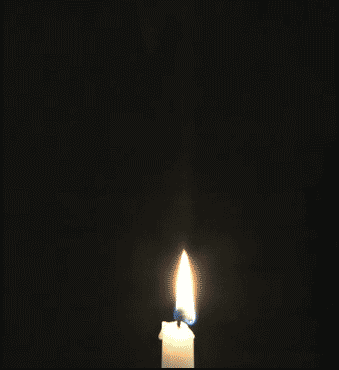The most recent Jewish Community Study of New York held few surprises for those who have followed the sobering Jewish trends of recent decades.
Yes, the 1.5 million or so Jews living in New York City and surrounding counties included a rising tide of people living in interfaith relationships and some had even begun calling themselves "partially Jewish." Participation in liberal Jewish congregations declined, again. Jews who said it was "very important" to affiliate with Jewish institutions fell to 44 percent.
But one number was genuinely startling -- that 74 percent of the region's Jewish children were found in the one-third of the Jewish households that identified as Orthodox.
No wonder leaders of the Reform movement and other liberal Jewish institutions have been asking sobering questions about theology, demographics and the future.
"The liberal approach to observance makes it impossible to set and maintain high expectations in terms of communal participation," argued Rabbi Dana Evan Kaplan, in a much-debated broadside in The Forward. "Without an omnipotent God who can compel believers to practice a prescribed pattern of behavior, religious consumerism becomes the movement's dominant ethos. ...
"In the absence of a strong theological basis for making religious demands, the members lose interest and wander off."
There is, however, an ironic cultural reality hiding in all the negative trends that have been nagging liberal Judeo-Christian institutions, noted historian John Turner, who teaches religious studies at George Mason University.
This ironic wrinkle is easiest to see in the influential denominations scholars call the "seven sisters" of Protestantism. These churches, in descending order by size, are the United Methodist Church, the Evangelical Lutheran Church in America, the Presbyterian Church (U.S.A.), the Episcopal Church, the American Baptist Churches USA, the United Church of Christ and the Christian Church (Disciples of Christ).
Recent Pew Forum on Religion & Public Life research found that, for the first time, America lacks a Protestant majority, with only 48 percent of the population claiming ties to Protestant denominations. This trend has affected a variety of churches, but the liberal mainline has been hit especially hard. Episcopal membership, for example, has fallen from 3.4 million in 1967 to 1.9 million in 2011. The United Church of Christ, President Barack Obama's denomination, has declined from more than 2 million members in 1962 to just over 1 million in 2011.
However, liberal religious groups "may have ultimately lost the battle for membership, but they won the larger cultural struggle," noted Turner, in an online First Things commentary. "Through their embrace of religious pluralism and more universal mystical religious experiences, liberal Protestants imperiled their own institutional strength but persuaded many Americans of the value of their ideas."
For example, liberal Protestants have -- backed by progressive elements in Catholicism and Judaism -- been victorious in their push to define religion's value in public life primarily in terms of social and economic justice, in contrast with more conservative groups that would stress both good works and evangelism.
Then there is religious liberalism's "much higher tolerance of pluralism," even on eternal issues tied to salvation, said Turner, in a telephone interview. Belief in "universalism" -- that all world religions lead to the same eternal ends -- remains "very divisive among evangelicals, but you would have to say that this belief has become the norm in Middle America."
Liberal religious leaders, he added, have been intensely committed to the "cultural prestige of science" in debates about life's big questions. They won that battle, too.
Religious liberals have also been much quicker to adapt to the looser moral standards of the Sexual Revolution, especially when changing ancient doctrines linked to hot-button topics such as sex outside of marriage, abortion and homosexuality.
"Actually, it's hard to know," said Turner, if mainline Protestants and other religious liberals "simply jumped on the bandwagon of the Sexual Revolution or if, in the end, they got run over by it."
The bottom line, he said, is that the religious left has the cultural momentum right now, even as its own institutions are wrestling with painful issues with demographics, membership totals and budgets.
However, stressed Turner, "it's hard to know what the future holds. ... I mean, Thomas Jefferson was absolutely sure that Unitarianism was the future of religion in America. That isn't how things turned out, at least not in terms of what's happened in America in the past."







